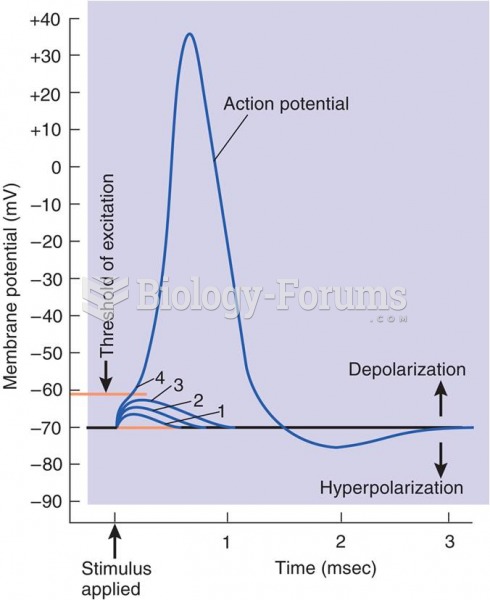Answer to Question 1
Answer: b, e, f
These lower-risk methods, also called soft methods, are less lethal than the higher-risk methods
such as using a gun, hanging, or inhaling carbon monoxide.
Conduct an immediate assessment of his safety. This will need to be done by a mental health
professional.
Contact the physician and alert him or her to your findings.
Facilitate the referral to community mental health services.
Ensure that J.B. is not left alone. Monitor him closely.
Answer to Question 2
Does he have a specific plan for suicide?
Has he ever attempted suicide in the past?
Does he have any weapons at home?
Does he drink alcohol, and, if so, how much and how often? Does he use any drugs?
Will he be alone once he goes home?
The highest suicide rate among males is in those aged 75 years or older.
Depression often occurs with chronic illnesses, such as diabetes mellitus, cardiovascular disease,
stroke, and cancer.
Loneliness or social isolation are risk factors, and he has had a recent loss.
Major depressive disorder
Bipolar disorder, which is characterized by episodes of major depression accompanied by episodes
of mania
Dysthymic disorder, which is a less severe but more chronic type of depression
Schizophrenia
History of alcohol or substance abuse
Tell me about your sleep. Do you have difficulty falling asleep, staying asleep, or waking up early?
How would you describe your appetite?
Have you had any recent unintentional change in your weight?
Tell me about your concentration. Are you able to read the newspaper or watch a TV show from
beginning to end?
How is your energy level?
How would you describe your mood or your spirits?
Have you had any thoughts of death recently?
Are there activities that you enjoy or give you pleasure?
Have you lost interest in activities that you used to enjoy?
Depression includes feelings of worthlessness, hopelessness, indecisiveness, and guilt. Ill people
might still express a sense of satisfaction as they think back over their lives, their connection with
family members, and their participation in a spiritual life. Ill people may still have the ability to
concentrate on positive things.
Persistent sad mood
Loss of interest in activities that were once pleasurable
Insomnia or hypersomnia
A significant change in appetite with weight loss or weight gain
Loss of energy
Difficulty with concentration
Feelings of worthlessness or guilt
Thoughts of death or suicide
Isolating oneself from others







